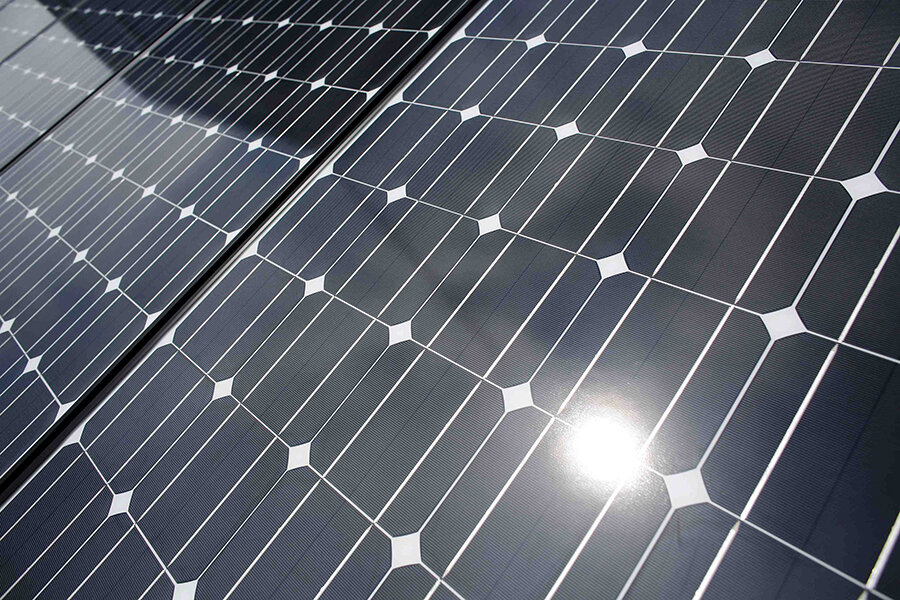Why is a Japanese tech company turning golf courses into solar energy farms?
Loading...
Picture a golf course: an oasis of green grass, people wearing every color of collared shirt imaginable, and maybe even a pond or two if you’re lucky. But these notoriously exclusive sports destinations may be getting a makeover, multinational company Kyocera announced recently.
Japan is known for its expensive, upper-crust golf clubs, CNN reported. But according to a 2014 report by the Economist, golf participation is down more than 40 percent from its high in the early 1990s. Now, the country is facing a severe over-development of golf courses. One solution: turning them into solar power plants.
Kyocera has already begun construction of a 23-megawatt solar power plant on an abandoned golf course in Kyoto Prefecture, Japan, and plans to develop a 92-megawatt plant at an abandoned golf course in Kagoshima Prefecture.
A "green" move in more ways than one, is this a good decision?
According to the Independent, the large size and relative lack of shade common to most golf courses make them ideal sites for solar farms.
Other sites have also been utilized – water being one of the most unconventional. In December 2014 Kyocera announced it would develop and operate a 13.4 megawatt floating solar power plant on the Yamakura Dam reservoir. When completed in March 2016, it will be the largest floating solar installation in the world. National Geographic reports that the floating plant will cover 45 acres, hold 50,000 photovoltaic solar panels, and power nearly 5,000 households.
Morphing these surplus golf courses into hubs of green energy will provide the crowded island nation with much-needed clean power, advocates say.
But not all abandoned golf courses should become solar energy farms, argues F. Kaid Benfield, an environmental strategist at PlaceMakers LLC, in the Huffington Post:
“…why not use part of the land for ecological and/or recreational purposes, but part for moderately dense infill development, with a mixture of types and price points for new housing, walkable streets that connect to the surrounding community, and shops and amenities that serve both existing and new residents. Most importantly, why not seize an opportunity to retrofit suburbia and create a strengthened sense of place that many suburbs need today?”
For now, Kyocera looks poised to continue its development of solar energy farms. The plant in Kyoto Prefecture is expected to begin operating in September 2017.








